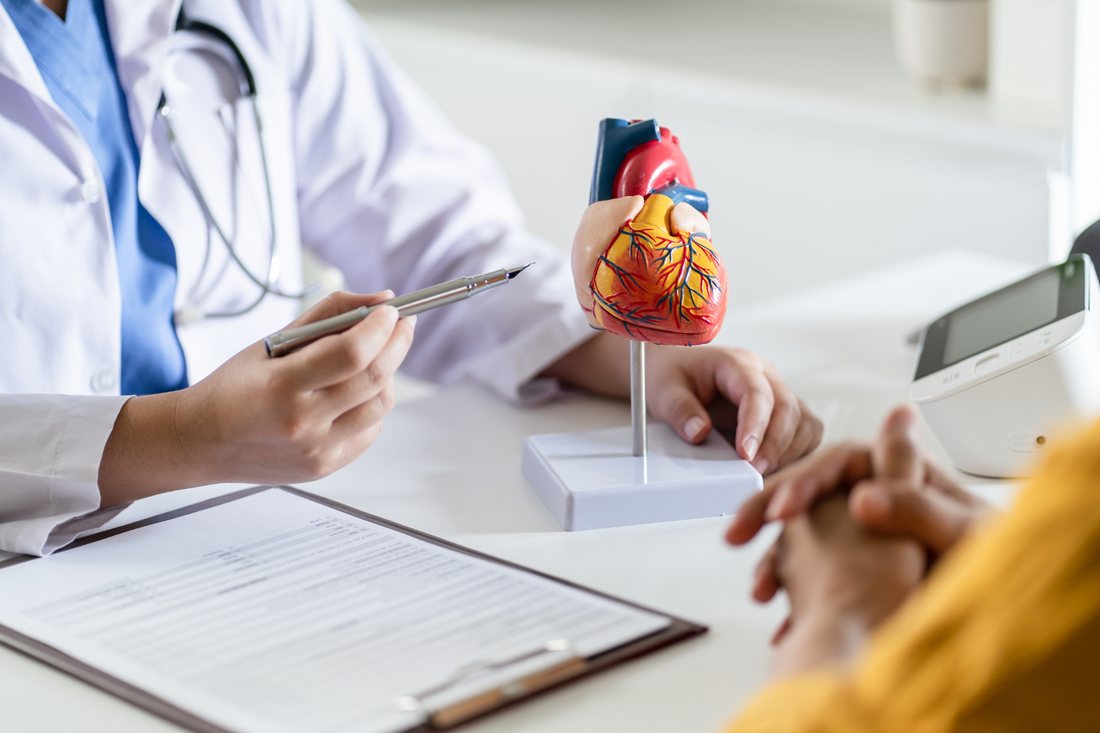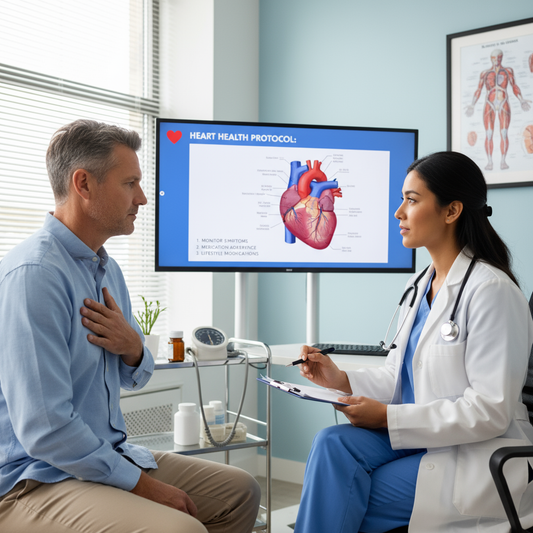Heart Attack Symptoms, Risks, and Recovery: What You Need to Know

What Is a Heart Attack?
A heart attack, medically known as a myocardial infarction, occurs when blood flow to a part of the heart muscle is blocked. Without prompt treatment, the affected heart tissue can suffer severe and permanent damage. The most common cause is coronary artery disease (CAD), where arteries become narrowed or blocked by plaque buildup. Less commonly, a heart attack can result from a sudden spasm of a coronary artery, which also restricts blood flow.
Causes of Heart Attack
1. Coronary Artery Disease (CAD)
CAD is the leading cause of heart attacks. It develops when cholesterol and other substances build up on the artery walls, forming plaques that can rupture and block blood flow.
2. Coronary Artery Spasm
A temporary tightening (spasm) of the muscles in the artery wall can stop blood flow to the heart muscle. This can occur even in people without significant plaque buildup.
3. Other Causes
- Blood clots from other parts of the body
- Tear in the artery wall (spontaneous coronary artery dissection)
- Drug use (such as cocaine or amphetamines)
- Severe infections or inflammation
Recognizing Heart Attack Symptoms
Early recognition of heart attack symptoms can save lives. Both men and women may experience classic and atypical symptoms. Here’s what to watch for:
Major Heart Attack Symptoms
- Chest pain or discomfort: Most heart attacks involve discomfort in the center or left side of the chest. This may feel like pressure, squeezing, fullness, or pain that lasts more than a few minutes or goes away and returns.
- Shortness of breath: This can occur with or without chest discomfort.
- Pain or discomfort in other areas: Look for pain in the jaw, neck, back, shoulders, or one or both arms.
- Feeling weak, light-headed, or faint: You may also break out in a cold sweat.
Other symptoms: Unusual tiredness, nausea, or vomiting—especially common in women.
What to Do If You Suspect a Heart Attack
Act fast—call 9-1-1 immediately. The sooner you receive emergency care, the better your chances of survival and recovery. Emergency responders can provide life-saving treatments, including CPR or defibrillation if needed, and quickly transport you to the hospital for further care.
Heart Attack Risk Factors
Understanding your risk factors is crucial for prevention. Some risk factors are beyond your control, but many can be managed with lifestyle changes.
Key Heart Attack Risk Factors
- High blood pressure
- High cholesterol
- Smoking
- Diabetes
- Obesity
- Physical inactivity
- Unhealthy diet
- Family history of heart disease
- Age (risk increases with age)
Recovery After a Heart Attack
Recovering from a heart attack involves more than just medical treatment. It’s about making lasting changes to protect your heart and overall health.
Essential Steps for Heart Attack Recovery
- Follow Your Doctor’s Advice: Take prescribed medications and attend all follow-up appointments.
-
Adopt a Heart-Healthy Lifestyle:
- Eat a balanced, low-sodium diet rich in fruits, vegetables, and whole grains.
- Increase physical activity as recommended by your healthcare team.
- Quit smoking and limit alcohol consumption.
- Manage stress through relaxation techniques or counseling.
-
Participate in Cardiac Rehabilitation:
Cardiac rehab is a supervised program that helps you recover safely and build healthy habits. It typically includes:- Customized exercise plans
- Nutrition education
- Support for quitting smoking
- Stress management and mental health counseling.
Protect Your Heart: Prevention and Resources
Heart attacks are serious, but many are preventable. By understanding your risk factors, recognizing symptoms, and making healthy lifestyle choices, you can significantly reduce your risk.
Additional Resources
- National Heart, Lung, and Blood Institute: Heart Attack
- American Heart Association: Warning Signs of a Heart Attack
- CDC: Heart Disease Prevention



